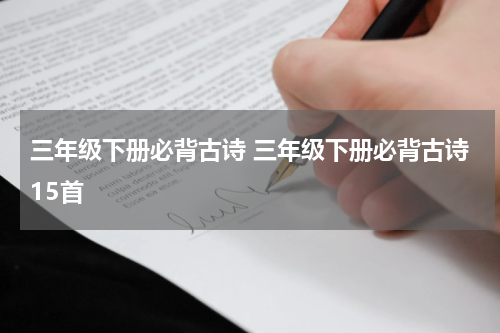TheoriginandsignificanceofmakingdumplingsduringtheSpringFestival(ChineseNewYear)aredeeplyrootedinChinesecultureandaresymbolicallymeaningful.ThetraditionofmakingdumplingsduringtheSpringFestivaldatesbac

The origin and significance of making dumplings during the Spring Festival (Chinese New Year) are deeply rooted in Chinese culture and are symbolically meaningful.
The tradition of making dumplings during the Spring Festival dates back to ancient times. According to legend, there was a monster called "Nian" who would come out on New Year's Eve to harm people, especially children. However, it was discovered that the monster was afraid of loud noises and the color red. Thus, people would stay up all night, set off firecrackers, and put up red lanterns to protect themselves from the monster.
During this time, a wise man advised villagers to make dumplings and put some medicine in them to fight off evil spirits. This practice quickly spread and became a popular tradition during the Spring Festival. The act of making dumplings became a way for families to come together, share joyful moments, and pray for good luck and blessings in the coming year.
The shape of dumplings resembles ancient Chinese silver and gold ingots, symbolizing wealth and fortune. Eating dumplings during the Spring Festival is believed to bring good luck and prosperity throughout the year. Additionally, the dumplings are often filled with various ingredients, which represent people's wishes for a diverse and fulfilling life. For example, some fillings may include cabbage for wealth, mushrooms for growth, and tofu for happiness.
In summary, making and eating dumplings during the Spring Festival not only carries on an ancient tradition but also serves as a way of praying for good fortune, unity, and happiness. It is a symbol of family reunion, prosperity, and the hopes and dreams for the upcoming year.










